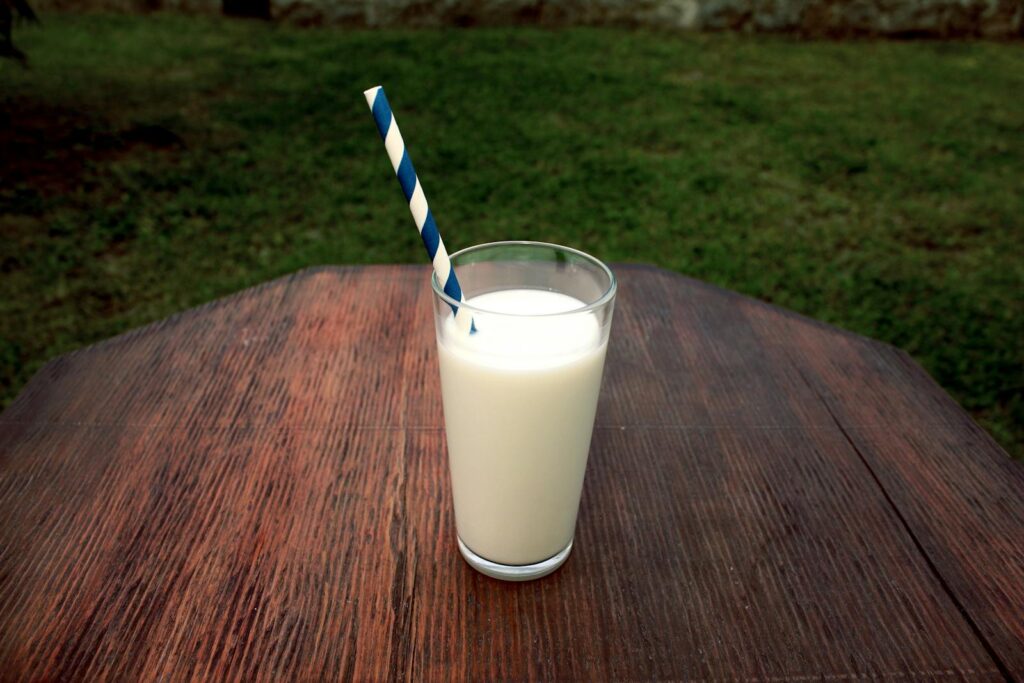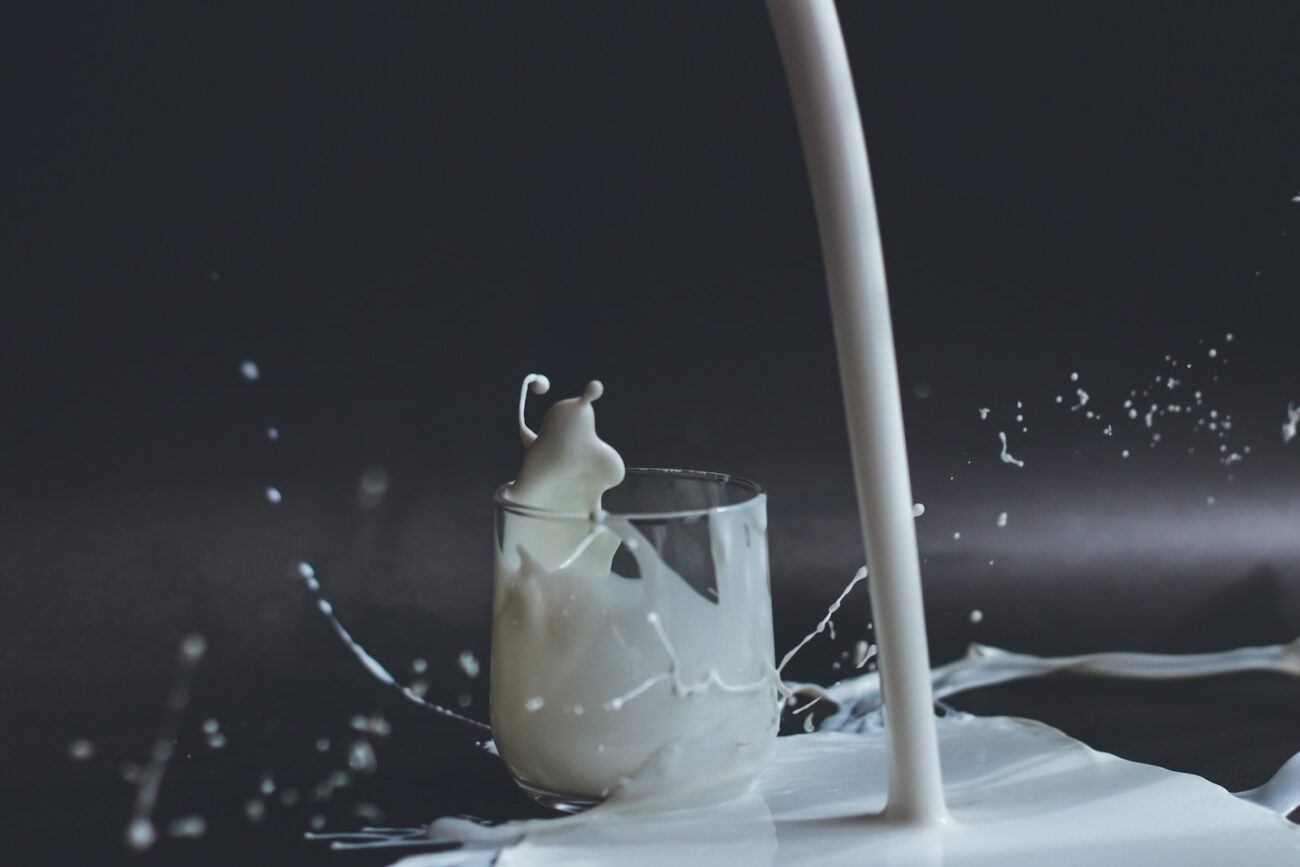Fad diets come and go, but one that often sparks curiosity is the “milk diet.” This regimen has been promoted at different times in history as a way to detox, lose weight, or even restore health.
While it may sound simple—drinking mostly milk—it’s important to understand what it actually involves, who it might help, and why it can be risky.
What the Milk Diet Consists Of
The milk diet typically revolves around consuming large amounts of milk as the primary—or sometimes exclusive—source of nutrition. Depending on the variation, followers may:
- Drink only milk (ranging from 1 to 4 liters per day).
- Include small amounts of light foods such as fruit, broth, or crackers.
- Follow the diet for a set period (from a few days to several weeks).
Historically, milk diets were prescribed in the 19th and early 20th centuries for conditions like ulcers and kidney problems. Advocates believed milk provided all the nutrients needed for healing and energy.
Recommendations and Claimed Benefits
Some people today still turn to the milk diet for short-term reasons, often inspired by its historical use. The suggested benefits include:
- Weight loss – The limited variety and lower calorie intake may lead to short-term weight reduction.
- Digestive rest – Milk is considered soothing to the stomach lining.
- Convenience – It requires little planning or cooking.
- Source of calcium and protein – Milk is rich in essential nutrients, including calcium, vitamin D (when fortified), and high-quality protein.
Best practices if considering a short-term milk diet:
- Opt for pasteurized milk to avoid infections.
- Choose low-fat or skim milk if calorie control is the goal.
- Limit the duration—most experts warn against following it for more than a few days.
- Stay hydrated with water alongside milk.
Contraindications and Risks
Despite its simplicity, the milk diet is far from balanced. It comes with several drawbacks and health concerns:
- Nutrient Deficiencies – Milk lacks fiber, iron, vitamin C, and many other essential nutrients. Long-term use can cause anemia, constipation, or weakened immunity.
- Digestive Issues – Many adults are lactose intolerant, leading to bloating, cramps, and diarrhea when consuming large quantities of milk.
- Kidney Stress – High protein and calcium intake may burden the kidneys, especially in people with pre-existing kidney conditions.
- Unsustainable – Extremely restrictive diets often result in rebound weight gain once regular eating resumes.
- Allergies – Those with cow’s milk allergy must completely avoid it, as reactions can be severe.
Contraindications:
- Lactose intolerance or milk allergy.
- Kidney disease, heart failure, or hypertension (due to fluid overload).
- Individuals with a history of eating disorders.
- Children and pregnant women (who require a broader range of nutrients).

The milk diet is an old-fashioned approach that may bring quick but temporary changes. While short-term use might not harm healthy adults, it is not a safe or sustainable long-term eating plan. If you’re seeking weight loss or digestive healing, a more balanced approach with professional guidance is far more beneficial.
Before starting any restrictive diet—including the milk diet—it’s always best to consult a healthcare professional.

